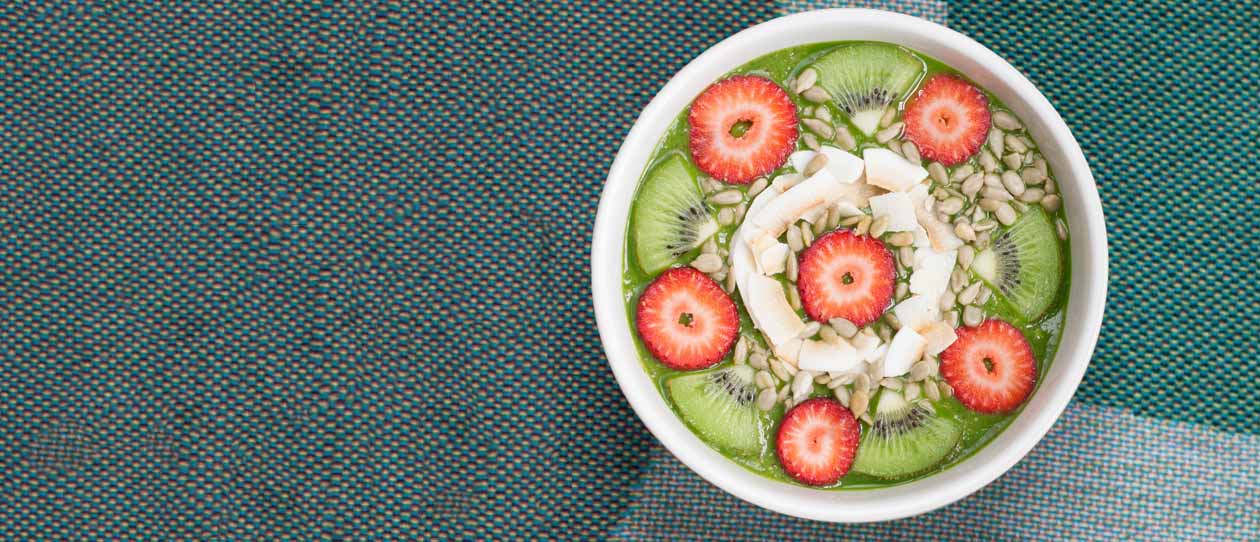
- Health hub/
- Resources For Probiotics and Gut Health/
- Relieve IBS Symptoms With The Low FODMAP Diet


The good news is that researchers at Monash University have found three out of four of them may feel better after following a low FODMAP diet.
What are FODMAPs?
FODMAPs are a group of short-chain carbohydrates. Generally speaking, they are either poorly absorbed or completely indigestible by the human digestive system. There are four types of FODMAPs: oligosaccharides, disaccharides, monosaccharides and polyols. The F in FODMAPs stands for fermentable, which is a nod to the process by which gut bacteria ferment undigested carbohydrates.If you don’t have IBS, FODMAPs – and the fact that they’re not well absorbed – aren’t cause for concern. But for people with IBS, it can be a different story. FODMAPs create an environment in the intestine that can result in bloating, pain and irregular bowels. So, FODMAPs don’t cause IBS, but they can trigger symptoms of the condition for those people living with IBS.
What’s a low FODMAP diet?
FODMAPs are found in a wide variety of foods, including fruit and vegetables, breads and cereals, nuts and seeds, dairy foods and common sources of protein. Foods in each category are classified as being either high FODMAP foods or low FODMAP foods.Some examples include:
High FODMAP foods |
Low-FODMAP foods |
| Vegetables Artichoke, asparagus, cauliflower, garlic, peas, leek, mushrooms, onion |
Vegetables Eggplant, green beans, bok choy, capsicum, carrot, cucumber, lettuce, potato, tomato, zucchini |
| Fruits Apples, cherries, dried fruit, mango, nectarines, peaches, pears, plums, watermelon |
Fruits Rockmelon, grapes, kiwifruit, mandarin, orange, pineapple, strawberries |
| Dairy (and substitutes) Cows’ milk, ice cream, yoghurt, soy milk made from whole soybeans |
Dairy (and substitutes) Brie, camembert, feta, hard cheeses, lactose-free milk, almond milk, soy milk made from soy protein |
| Protein sources Most legumes and pulses, some processed meats, some marinated meat, poultry or seafood |
Protein sources Eggs, firm tofu, tempeh, plain cooked meat, poultry or seafood |
|
Breads and cereals Wheat-, barley- or rye-based breads, breakfast cereals and biscuits |
Breads and cereals Oats, quinoa flakes, cornflakes, sourdough spelt bread, wheat-, barley- or rye-free breads |
| Sugary foods Honey, sugar-free confectionery |
Sugary foods Dark chocolate, maple syrup, table sugar |
| Nuts and seeds Cashews, pistachios< |
Nuts and seeds Macadamias, peanuts, pumpkin seeds |
Following a low FODMAP diet involves replacing high FODMAP foods with low FODMAP alternatives for a period of time, once you’ve been medically diagnosed with IBS. If you are considering a low FODMAP diet, you should consult your health professional.
Bear in mind that the Monash University-developed 3-Step FODMAP diet is intended to be a diagnostic tool, not a lifetime change. Here’s how to make it work.
Step 1: Swap high FODMAP foods for low FODMAP choices for between two and six weeks, depending on how long it takes for your IBS symptoms to improve.
Step 2: Once you’re feeling better, the next step is to begin reintroducing high FODMAP foods over the next two-to three months. It’s important to introduce one food at a time and ideally, one FODMAP at a time, at three-day intervals. Seeking help from a dietitian at this stage can be invaluable.
The objective is to monitor the effect each reintroduced food has on your symptoms, so you can work out which foods you can tolerate and in what quantity.
Step 3: Once you know which FODMAP-rich foods suit you, the long-term aim is to be able to eat in such a way that you’re avoiding the foods that cause your IBS symptoms to flare up, while still incorporating those that don’t.
EXTRA: Check out our low FODMAP-friendly recipes for a quinoa caprese salad and haloumi tacos.




